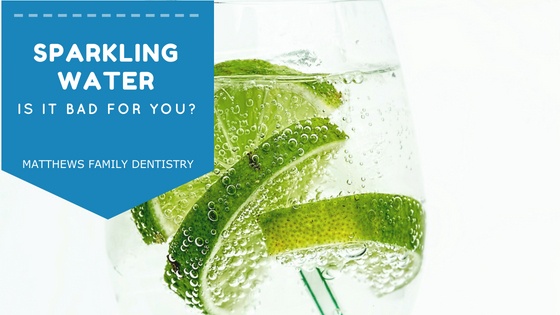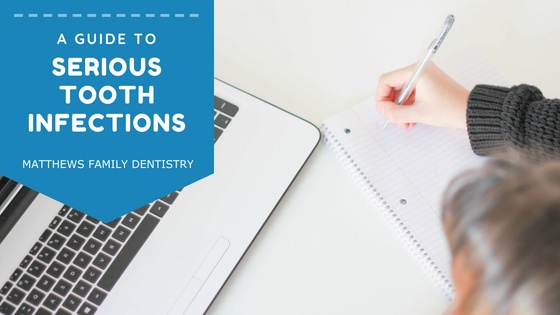
Is Sparkling Water Bad For Your Teeth?
July 23, 2018
Serious Tooth Infections
August 27, 2018After your dentist lets you know that you have a cavity and that the best option is to have it filled, you may find yourself wondering, “Do cavity fillings hurt?”.
Concern about the pain caused by treating a cavity may cause you to put off treatment, but that may make the problem much worse. As the National Institutes of Health points out, treating a cavity is usually less painful and less expensive when it’s done early or as soon as your dentist notices signs of decay.
If you’re still worried about pain and discomfort while getting a cavity filled, here’s what you can expect during and after the treatment.
Cavity Filling: During the Procedure
Before starting, your dentist takes steps to minimize the pain you feel during the treatment itself. For example, they will use a local anesthetic to numb your gums and parts of your mouth. A local anesthetic only numbs the area being treated, which means you’ll still be awake during the procedure and able to interact with your dentist. Lidocaine is a commonly used anesthetic during dental work.
Administering the anesthetic is a three-part process. Your dentist will gently dry out the inside of your mouth with a piece of cotton or stream of air. They will then dab a gel on the injection site. The gel numbs the gum tissue, reducing the pain you feel when the dentist injects the lidocaine into your mouth. Still, you might feel a bit of a stinging sensation when your dentist injects the anesthetic. Interestingly enough, that sting isn’t from the needle. Rather, it’s a sensation created by the anesthetic as it works its magic to numb your gums and mouth.
Once the treatment area is completely numb, you won’t feel a thing as the dentist works.
Cavity Filling: After the Procedure
As the anesthesia wears off after your dentist has finished, you might feel some tingling in your mouth. Some people also have sensitivity in their teeth after a filling. For the most part, the sensitivity should fade after a few days. Your dentist might give you pain relievers to help with any soreness right after a cavity treatment. In these cases, try to take it easy and avoid putting too much force or pressure on the treated tooth.
If the pain or sensitivity doesn’t fade away after more than a week, it could be that the filling may need to be checked to make sure it isn’t too high and your bite (occlusion) is correct.
If you have more than one filling, such as a filling on an upper tooth and a filling on a lower tooth, you might experience galvanic shock — an actual zap in your mouth. This can happen if the two fillings are made from contrasting metals, such as dental amalgam on one tooth and a gold filling on the other. To avoid shocking yourself, have your dentist use the same material for each of your fillings.
Cavity Filling: When to Call Your Dentist
Getting a filling should improve the health and comfort of your mouth, not make them worse. Do cavity fillings hurt? They shouldn’t, although you can expect some tenderness and soreness during the first few days after you get a tooth filled. It’s a good idea to call your dentist if that discomfort persists for more than a week. Your dentist can adjust the filling so that it’s a better fit.
If you were totally fine right after treatment, but start to experience pain or discomfort weeks, months, or even years later, it’s also a good idea to check in with your dentist. Fillings don’t last forever, as the American Dental Association notes, and some filling materials have shorter lifespans than others. Your dentist can check out your teeth and let you know for sure.
To avoid fillings in the future, make sure you brush your teeth twice daily using fluoride toothpaste which repairs weakened tooth enamel and help defend teeth against cavities.
Contact us if you are ready to schedule a consultation.

